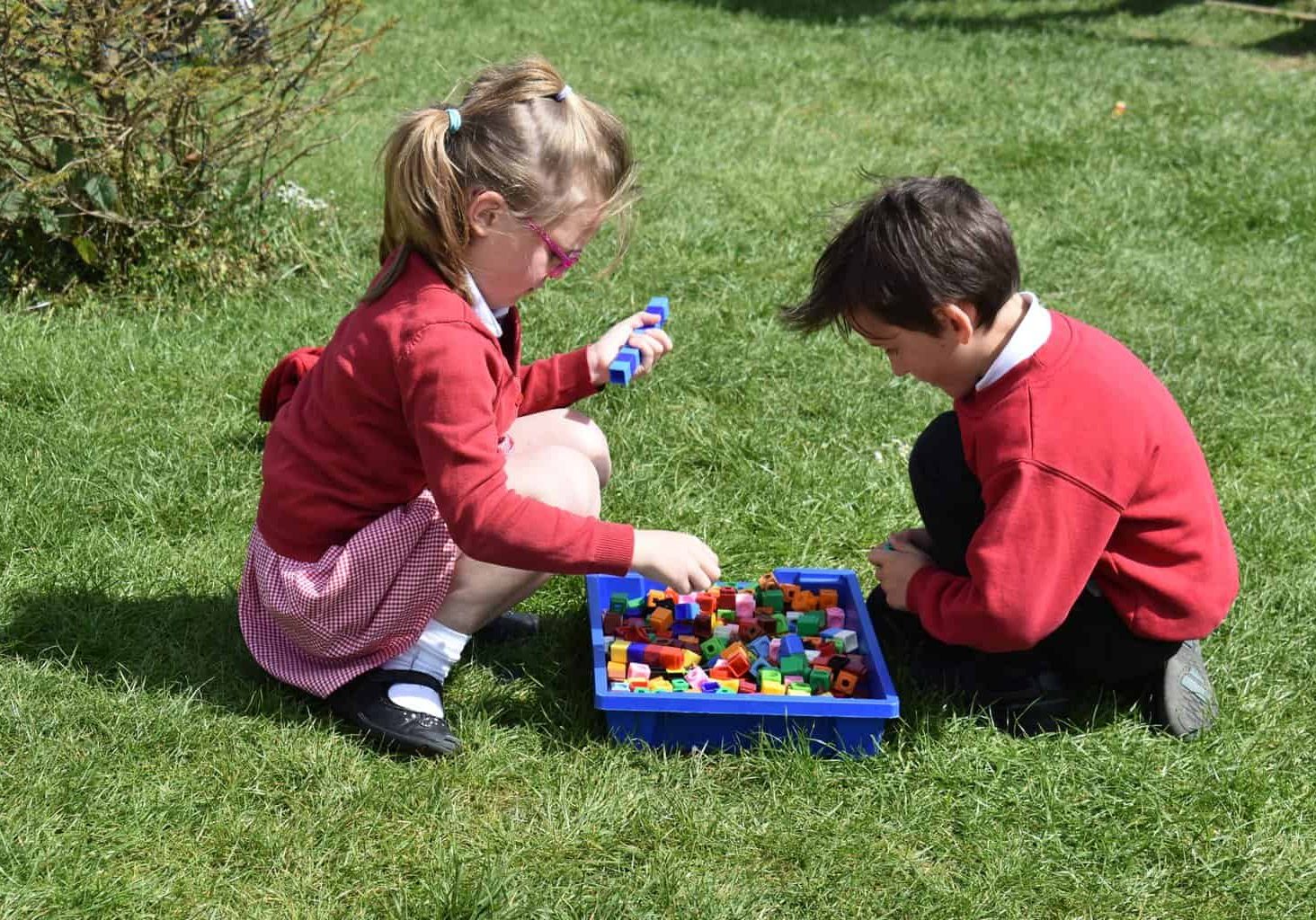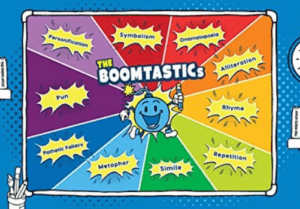




Writing
At Chestnuts, we have designed our writing curriculum on the principles of the science of learning so that children are given opportunities to revisit the knowledge that they have gained previously before building on this. We have structured our units of work so that children revisit key text types throughout the years, extending their knowledge and skills each time. For example, within the area of non-fiction recount writing, the children in the Early Years orally recount experiences that they have had and then record these using key words or short phrases. Moving into Key Stage One, the children record their own experiences in a series of simple sentences, ordered chronologically. In Key Stage Two, the children can apply these skills to recount events from a given perspective (for example a character in a book) other than their own, using a greater range of sentence structures and a wider range of vocabulary.
We teach our units of work following "The Write Stuff" approach by Jane Considine to bring clarity to the mechanics of our writing. "The Write Stuff" follows a process called "Sentence Stacking" which refers to the fact that sentences are stacked together chronologically to create larger, complete texts. The lessons that we teach are designed to engage children with short, intensive periods of vocabulary building and modelling which allows all children to be successful in their own writing. Each individual lesson is broken into two or three learning chunks which themselves have the following three integral sections:
- The initiate section – a fun and engaging stimulus to capture the children’s imagination and give them a purpose to write.
- The model section – a teacher model that outlines clear writing features and techniques. The teacher explains their writerly choices throughout.
- The enable section – a chance for the children to challenge themselves and complete their own piece of writing, using the model as a guide.
In each learning chunk, the children are encouraged to ‘deepen the moment’. This requires them to independently draw upon previously learnt skills and apply them to their writing, providing them with an opportunity to show the skills that they have mastered.
"The Write Stuff" approach consists of three essential components to support the children in becoming great writers. These are known as the three zones of writing: The FANTASTICs, The BOOMTASTICs and The GRAMMARISTICs.
- The FANTASTICs support the children to develop the ideas they need for their writing. They represent the nine lenses through which the children can craft their ideas. The children also encounter the FANTASTICs through their reading lessons where they consider how published authors use these devices to enhance their writing. This allows the children to make links between their learning in their writing lessons and other areas of the curriculum. At Chestnuts, we believe that the quality of the children’s writing is strengthened when they have good imaginations and experiences to draw on. These can be developed by focussing closely on each of the FANTASTICs.

- The GRAMMARISTICs teach the children the tools they need for writing. They are designed to teach the children the grammar rules of our language system in an accessible way so that they can then be applied to writing. At Chestnuts, we strive for our children to be in control of their grammar choices so that their writing clearly understood by their readers.

- The BOOMTASTICs support the children to use specific authorial techniques in a way that creates engaging texts. These techniques help the children to understand how to shape their writing and express their personal voice and writerly style through the choices they make.

Handwriting
At Chestnuts, we follow the Letterjoin Handwriting Scheme which ensures a consistent, whole-school approach to teaching handwriting from Early Years to Year 6. Through the scheme, the children are taught to form their letters accurately and position them correctly in relation to one another before being introduced to a cursive handwriting style. We want our pupils to take care over and pride in their handwriting and develop their own, cursive style.
We place considerable emphasis on all children developing a neat and fluent handwriting style because we know that, once the children have mastered this skill, their cognitive load in writing lessons will be reduced, thus allowing them to focus their attention on the other aspects of the writing process such as the ideas, the tools and the techniques they wish to use.
We also recognise that handwriting is a basic skill that influences the quality of the children’s work throughout the rest of the curriculum which is why we support all of our children to have the ability to produce fluent and legible work and write confidently and at speed by the time they finish their education at Chestnuts. In doing this, we enable them to be ready and able to access their secondary education confidently.
Spellings
Throughout the Early Years and into Key Stage One, our children learn the sounds for each of the phonemes so that they can use these to support their spelling of words. We follow the Read Write Inc programme to help support the teaching of phonics and segmenting for spelling. In Year 2, we begin the Jane Considine Spelling Programme, which then continues throughout Key Stage 2.
Through their regular spelling sessions, the children investigate a range of spelling patterns to support them with their writing. They will also focus on the key words from the National Curriculum spelling lists, learning how to spell and use them accurately.
